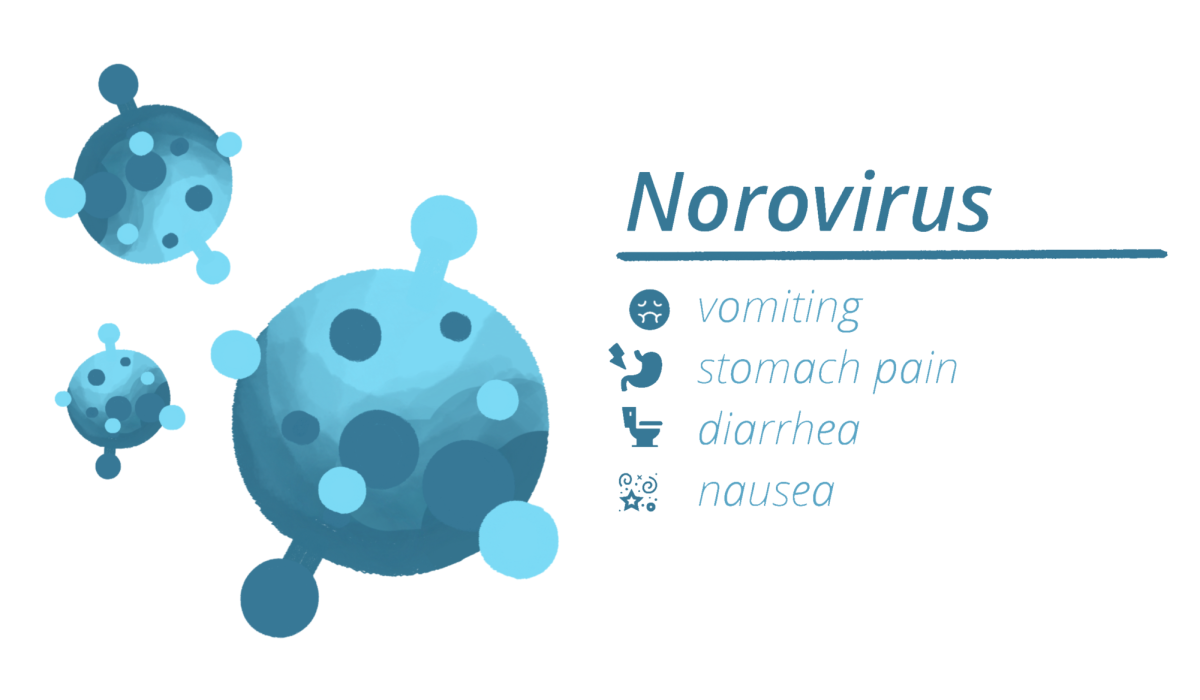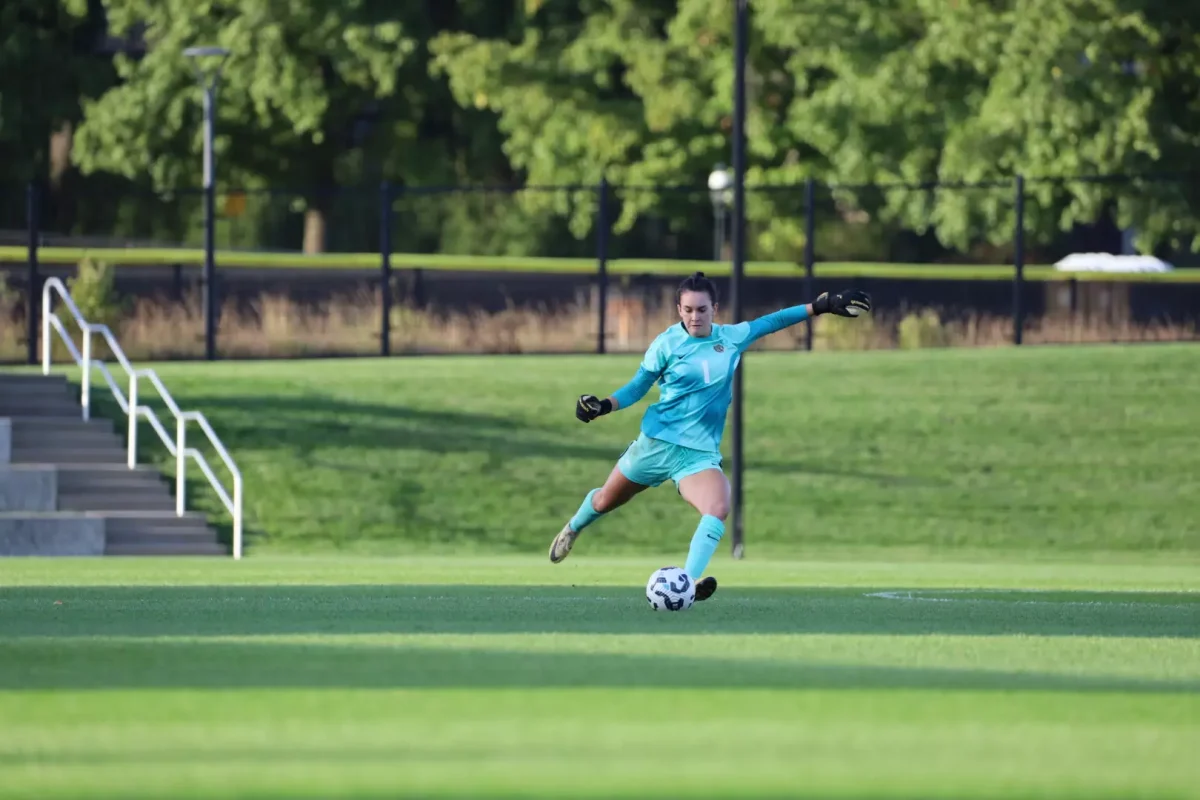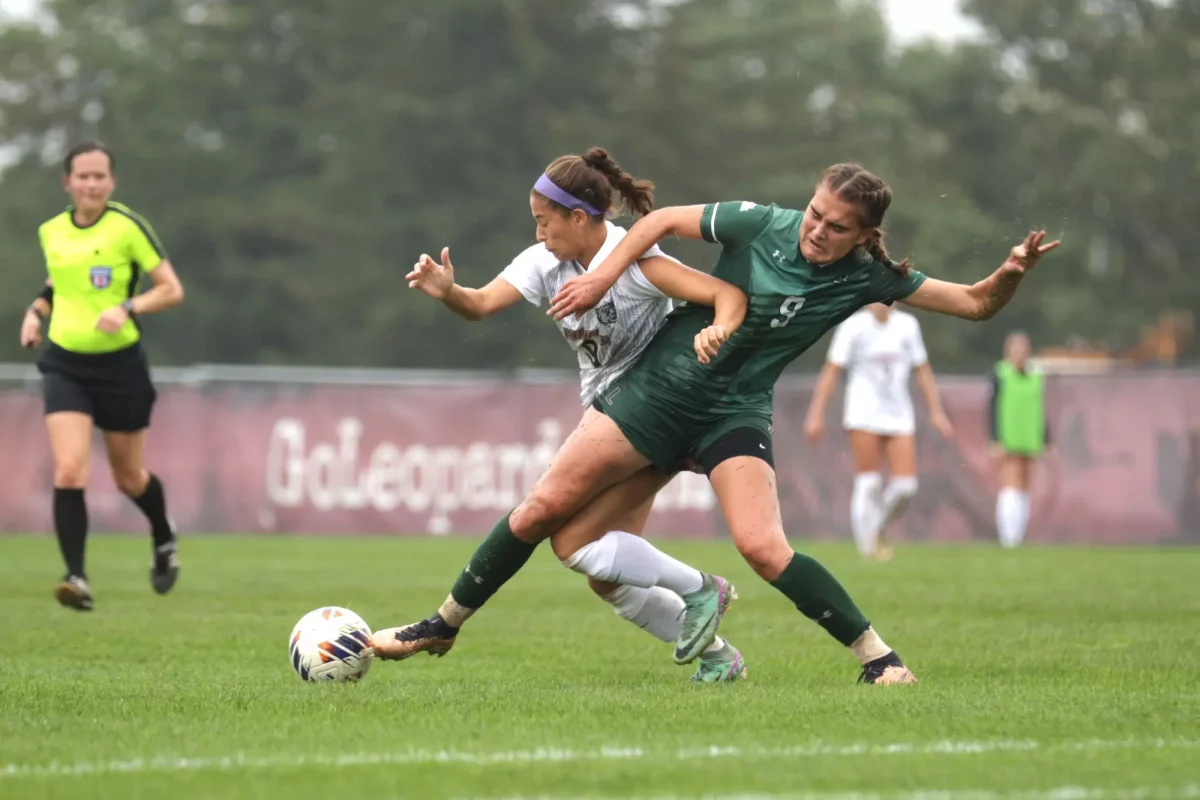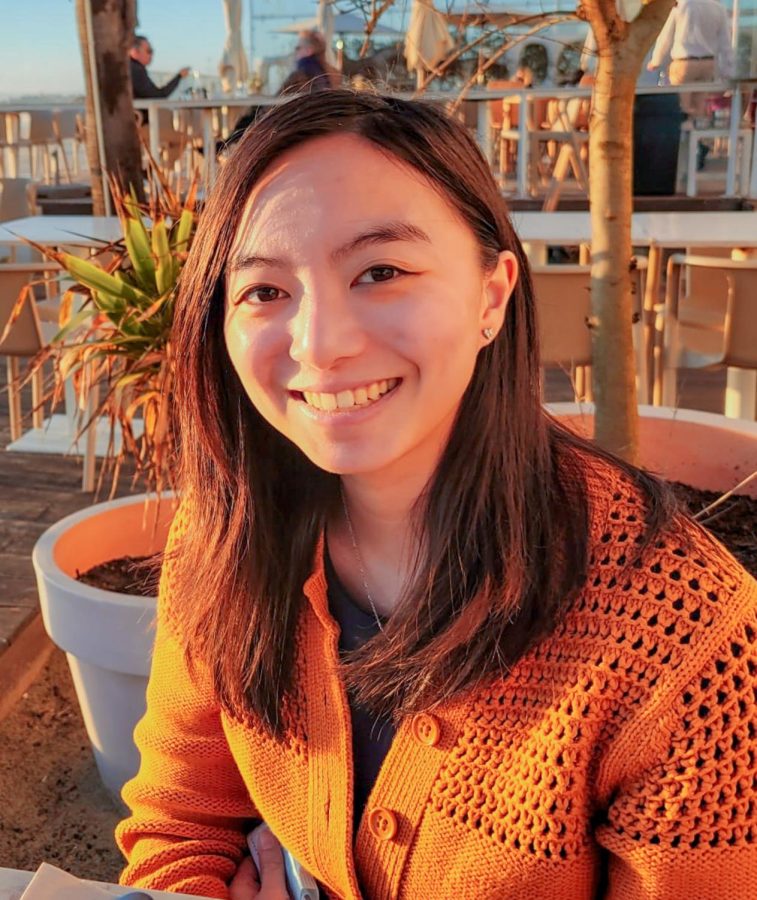Isabella Lu ’25 had only ever done freehand drawing before she began helping art history professor Ingrid Furniss bring to life her upcoming book, “Lutes and Marginality in Pre-Modern China.” Now, as the book nears publication, Lu can add archaeological illustration to her list of skills.
Lu has been working with Furniss to create archeology illustrations for her book, which is based on the archaeological, art historical and textual study of the impact the Eurasian trade had on music in pre-modern Chinese society and culture. Furniss has been working on this book for many years, and Lu became involved during the second semester of her freshman year after taking Furniss’ First Year Seminar about the Silk Road.
Lu had an interest in finding opportunities to get involved with art. She didn’t have any previous background in archeology illustrations when she approached Furniss, who said she could use some help with illustrations for her new book.
“I showed her some of my previous drawings because I like working on historical stuff. And she was like, ‘Yeah, you can totally do this for me.’ And then I started working for her the next semester,” Lu said of the beginning of her collaboration with Furniss.
These drawings, which are Lu’s introduction to art restoration, are an important tool to depict what Furniss describes in her book. For some of the images Furniss wants to include, she would need to request permission from museums to use them in the book. When the museums do not grant her permission, that’s where Lu comes in.
“I just basically recreate them … I try to enhance the image in a way so it’s clear and you can make out the details,” Lu explained.

On average it takes Lu about five to six hours to complete a piece. Lu said that the hardest part is depicting what is going on in some parts of the image. “Sometimes you can’t tell what lines are supposed to be there or not,” she said.
Lu makes use of significantly fewer tools than other archeology illustrators. More professional illustrators have instruments to highlight the smaller details in images, such as light technology. Despite Lu not having these tools, she uses Photoshop and drawing on her iPad to her advantage.
For Lu, another difficult part of the process is shading her drawings. “I wasn’t really sure how to do the shading and stuff, so it was really inconsistent [at first] and then now [the pictures] actually solidified my shading style,” she said.
Lu is constantly improving her technique in a way that allows her to go back to previous pieces and update them with her new knowledge.
Although Lu was new to the world of archeology illustrations, her favorite part of this project is seeing how much she has progressed with her drawing and shading techniques.
After a long journey, Furniss will soon be sending her book to the publisher. However, Lu hopes that she can continue to do more art restoration and archaeology projects in the future.






















































































































